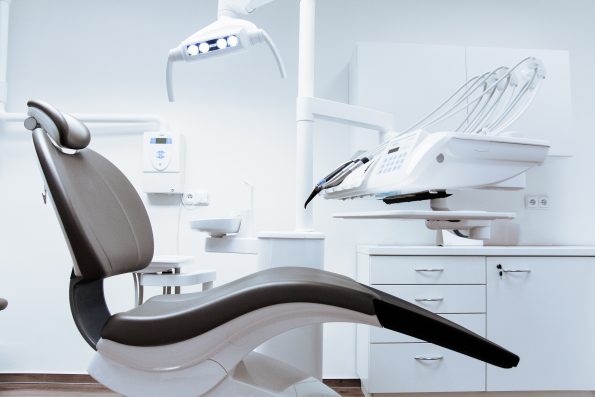Are you aware that the healthcare industry today generates vast volumes of data on health information, prescriptions, and other related documents? This has led to a move away from paper-based systems to electronic ones. The healthcare industry is evolving, and dentistry is not an exception. The time has come for your dental practice to ditch the endless paperwork and transition to a paperless office with electronic forms. This blog will look at some dental office tips for successfully transitioning to an electronic forms system.

Investigate and select the right dental software
Choosing the right dental software is critical to transitioning to a paperless office. You’ll need to work with a vendor that provides user-friendly software that meets your practice’s requirements. Look for software that offers practicable features such as patient scheduling, billing, electronic records, inventory management, and electronic forms. Ensure the software is compatible with most devices and operating systems. Also, request demos, read online reviews, and request referrals from other professionals in your field.
Create an Organized Plan
Before transitioning to a paperless office, you must have a plan. This plan should outline your objectives and how you intend to implement the system. Start by identifying the forms and documents that will be most useful in an electronic format. It would help if you worked with other team members to create a proper workflow incorporating electronic signatures and online document sharing. This plan will help ensure everyone is on the same page and eliminate confusion once you have transitioned.
Choose the Right Equipment
It would help to have the right equipment to transition to an electronic form system. This includes reliable computers, printers, scanners, and other necessary accessories. Choose equipment and software that is not only compatible but user-friendly as well. Invest in essential equipment such as a HIPAA-compliant cloud network and virus protection software to secure sensitive patient information.
Train Your Staff
The paperless office environment is very different from the manual process of the paper-based practice. It is a significant shift that requires staff members to undergo rigorous training. Everyone in the practice, including the doctors, receptionists, and assistants, must understand the basics of the electronic forms system. Proper training will help avoid mistakes when using the software, reduce the learning curve, and ensure that your team is fully equipped to meet your patient’s needs.
Regularly Review and Update Processes
The transition to a paperless dental office isn’t a one-time event but an ongoing process. As such, it is important to regularly review and update processes to ensure they are still effective and efficient. You may also need to update your dental billing software to account for changes in the industry, new features, or improvements to the software itself. Keep an eye on industry developments and new software releases to ensure you are always current.
Keep Backup Records
Even with a complete transition to an electronic forms system, it’s essential to keep backup records of everything just in case of technical glitches or system malfunctions. You should create a proper backup system to ensure that all patient data and records are safe in case of an unexpected data loss. Keep a backup system to ensure that the business runs smoothly without disruptions.
Monitor and Evaluate Your System
Once you have transitioned to an electronic forms system, don’t be content to sit back and relax; you will need to monitor and evaluate your system’s effectiveness regularly. Evaluation helps you identify any drawbacks or improvements that need to be made. Regular audits and staff surveys can provide feedback on changes to improve efficiency, reduce errors, and improve patient satisfaction.
Measure the Results
You should pay attention to measuring the results of the transition process. Collect data on how the new system is impacting your practice. Factors to consider include time savings, effectiveness, and the effect on dental patient communication. With this data, you can evaluate and adjust your electronic forms strategy to ensure your practice best serves patients.
Conclusion
Transitioning to a paperless office with electronic forms is an excellent way to reduce hard-copy paperwork, streamline patient management, improve data security, save space, and improve administrative and financial operations. However, the changes offered by these dental office tips are to be made with caution. Slow, steady, and well-planned, with training and backup systems to ensure a smooth transition. This shift will significantly impact your dental practice, so prepare for it and make sure that you choose the right equipment, train your staff well, and maintain backup records for effective use. Remember to perform periodic audits to stabilize the system’s effectiveness and efficiency. Make a smooth transition and watch your practice grow in efficiency and productivity.











